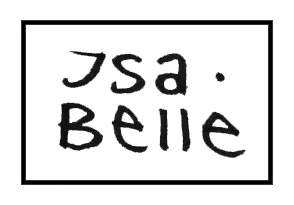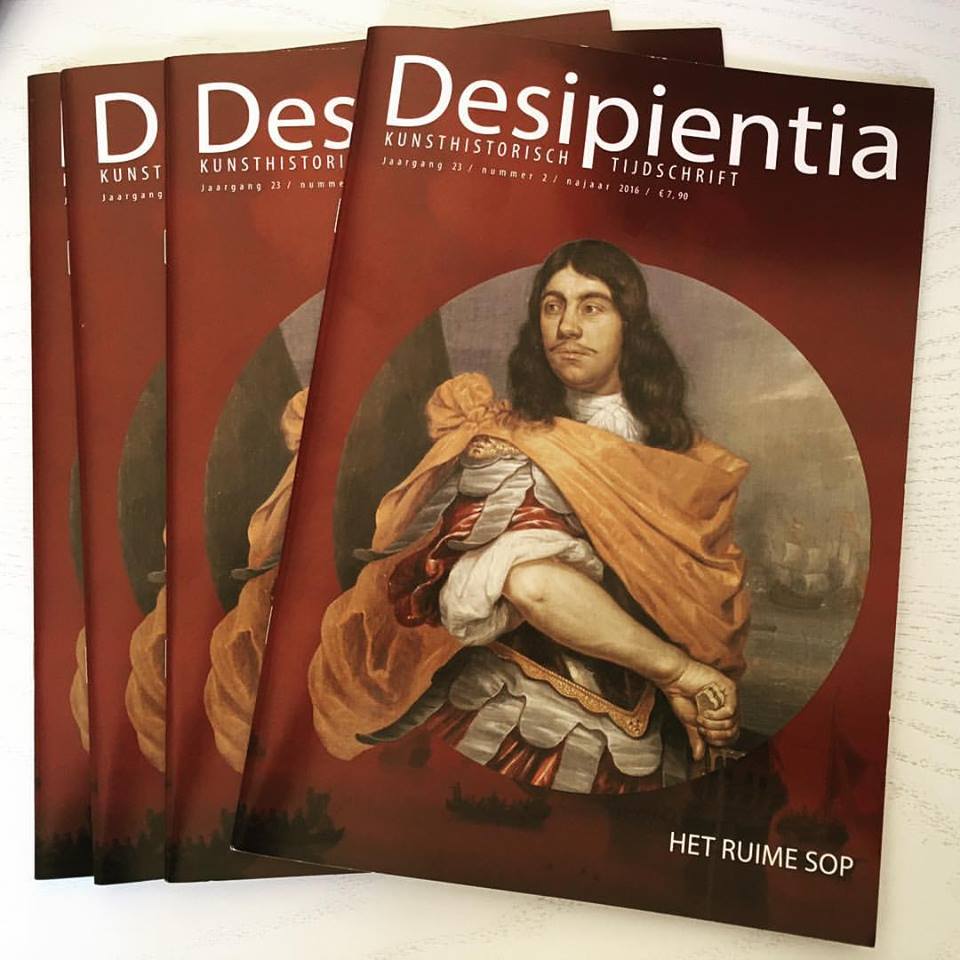

The color blue was the life work of Yves Klein (1928-1962), who licensed his so-called International Klein Blue (IKB). Wassily Kandinsky also took in an interest in blue: he believed it spiritually affected viewers. His Über das Geistige in der Kunst (1912) draws from the well-known color theory Zur Farbenlehre. Didaktischer Teil, Sechste Abteilung, Sinnlich-sittliche Wirkung der Farbe (1810) by Johann Wolfgang von Goethe. Their cultural-historical analyses seem to contradict scientific theories of, for example, Isaac Newton, but it can also be argued that these analyses reinforce one another. For Kandinsky, the color blue represented infinity, purity and transcendentalism and by perceiving it, one could experience an inner peace. This experience can be partly explained by the optical properties and workings of the eye: since one’s lens is at ease when looking at the color blue, it seems to be at a distance. Thus, scientific facts and cultural theories complement each other.
ISSN: 1386-1069 "Het Ruime Sop" Jaargang 23, Nummer 2, Najaar 2016 @ Desipientia
Scientific facts and cultural theories complement each other.
